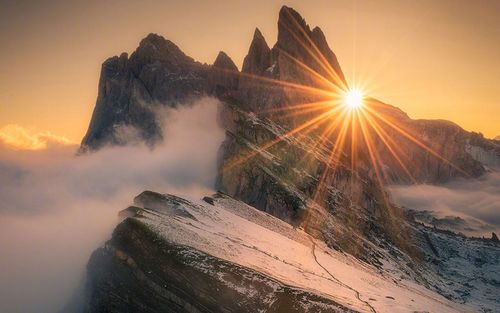.
Folklore has always played a significant role in pop culture, whether it be in literature, film, or television. From Harry Potter to Game of Thrones, folklore has been a source of inspiration for some of the most beloved franchises in pop culture.
One of the most prominent examples is the world of Harry Potter, which is filled with folklore and mythology. We see creatures like unicorns, centaurs, and mermaids, and concepts such as the three-headed dog Cerberus and the philosopher’s stone all drawing from folklore. The use of creatures such as werewolves and vampires as characters in the story also taps into the mythology of folklore.
Another example is Game of Thrones, where the world of Westeros is steeped in folklore and mythology. The characters wield magic and mythical creatures such as dragons and wights. The show draws from Norse mythology, with the god Odin referenced through a character named the Three-Eyed Raven, and the Dothraki characters drawing from the Mongols, referencing their nomadic lifestyle.
Folklore is used in popular culture to add depth and complexity to a story. It allows writers to tap into a deeply rooted collective imagination, where these stories have been passed down through generations. Folklore gives viewers and readers a sense of familiarity, a sense that they already know the world they are entering into.
Whether it be in literature, film, or television, folklore continues to be a driving force in pop culture, with the world-building and character development it allows for captivating audiences into the worlds created by the writers who drew from it.
(Note: Do you have knowledge or insights to share? Unlock new opportunities and expand your reach by joining our authors team. Click Registration to join us and share your expertise with our readers.)
Speech tips:
Please note that any statements involving politics will not be approved.
